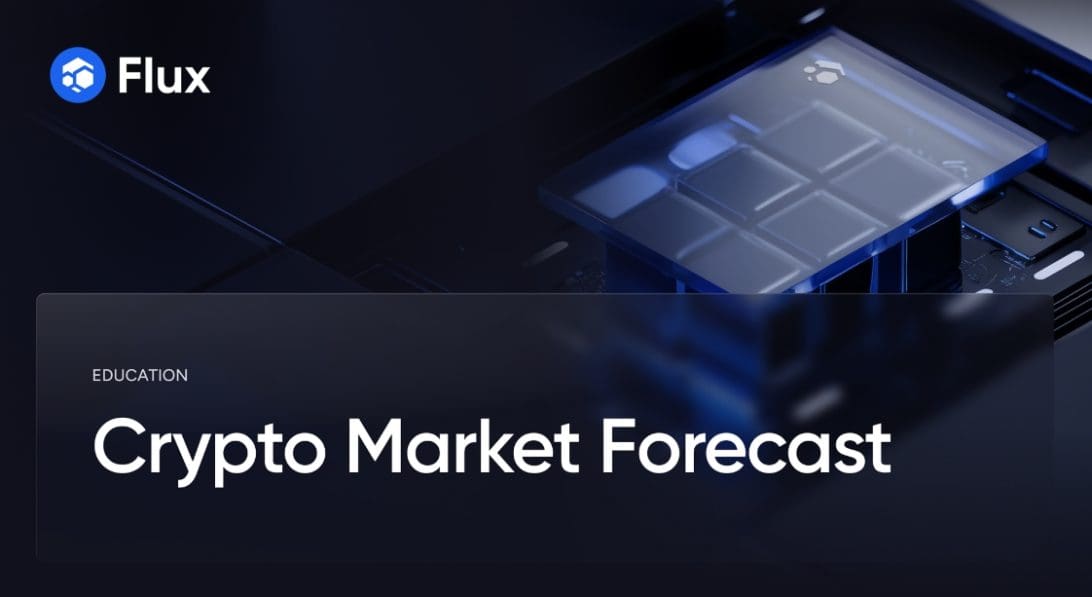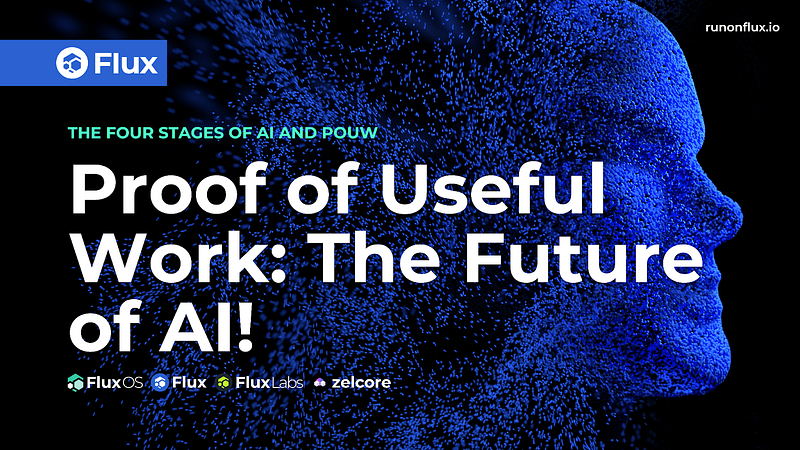The Future of Cloud: Idle Compute Explained

With the rapid production of new GPUs designed for computing-heavy AI workloads, the demand for computational energy is skyrocketing. Traditionally, efficient and scalable compute has been provided through unsustainable and centralized data centers, where energy distribution is controlled and statically allocated based on usage estimates rather than dynamic and fluctuating demand.
Though dedicated, centralized compute provision via data centers is very costly. Nonetheless, an alternative has emerged: idle compute resources. Let’s explore!
What is idle compute?
Idle compute refers to the underutilized processing power of devices like laptops, smartphones, and even gaming consoles. This everyday hardware is capable of processing more computations than it actually does, and as a result, accumulates leftover compute energy.
When harnessed and repurposed, this unused processing power enables cost-effective, dynamically supplied compute that is scalable to both individual and enterprise needs and made available in marketplaces like FluxEdge.
How is idle compute harnessed?
Idle compute is provided by individuals who connect their underutilized devices to a scheduling software that integrates them into a task network—tasks are computations to be performed when the device is not in use.
This setup is known as a serverless architecture, where unused processing power is allocated to execute tasks on demand. In serverless architectures, code executes without requiring users to manage servers.
Assigning Tasks
Now, task assignment is based on priority. The scheduling software that connects underutilized hardware to a task network also manages a priority queue of individual tasks assigned to idle devices, prioritizing them based on their specific needs.
Processing power is allocated primarily to high-priority tasks, dependent on the computational demand, with low-priority tasks that are further down the queue being executed when resources become available.
For example, if a high-priority task arises while a low-priority task is being executed. In that case, the scheduling software detects this and pauses the device supplying compute, saves its progress in the cloud, and then resumes the low-priority task at a later time when more resources are available.
Another way that tasks are assigned is through a decentralized or centralized orchestrator that manages task assignments, queues, and resource allocation. The orchestrator acts as a sort of traffic cop, starting, stopping, or rerouting tasks as needed. For example, if a device goes down during execution, a task can be actively reassigned to another device. This automated task assignment ensures dynamic compute provision.
AI and Idle Compute
If idle compute is the future of cloud, then AI will be the future of harnessing all those untapped computing resources. Through a blockchain-based model training system called Optimistic Machine Learning (opML), harnessing idle compute can iteratively improve without the need for human intervention.
Similar to Ethereum’s optimistic rollups, where transactions are batched together, assumed to be valid, and processed off-chain to alleviate network congestion, opML also processes AI model inferences off-chain and assumes positive outcomes for model outputs. opML assumes that outputs posted on-chain are accurate.
Inferences are the patterns that a model recognizes while processing new datasets, and outputs are the responses the model generates after reasoning through said patterns to draw conclusions. If there are doubts about an output’s accuracy, fraud proofs can be used to challenge the supposed validity to ensure every computation of an output remains correct.
opML can enhance task assignment for idle compute by predicting in real-time, which underutilized devices are best suited for tasks based on their available processing power. opML models can absorb and analyze historical usage patterns to determine when a device is likely to idle, enabling a scalable system optimized for dynamic compute provision.
Closing Thoughts
Harnessing idle compute (unused processing power) to power computations marks a pivotal shift in cloud technology, moving away from centralized servers and toward distributed and underutilized everyday hardware.
Serverless network architecture enables flexible compute provisioning, while scheduling software and orchestrators facilitate task assignment based on priority and resource availability. These components foster a scalable network that can dynamically adjust to real-time demand changes.
The use of opML further enhances idle compute functionality with predictive analytics, enabling better device provisioning and more efficient cloud computing. Overall, idle compute breaks down barriers to development, enables application builders with more affordable choices in where they source computational power, and reduces the need for constant production of new hardware with stronger GPUs, which will in turn drastically reduce e-waste and contribute to a more sustainable future.


